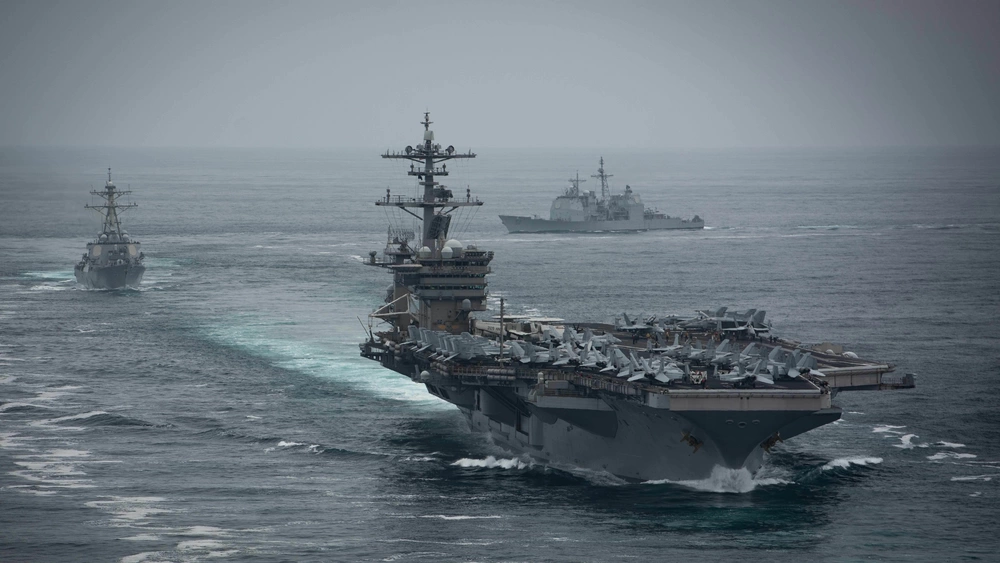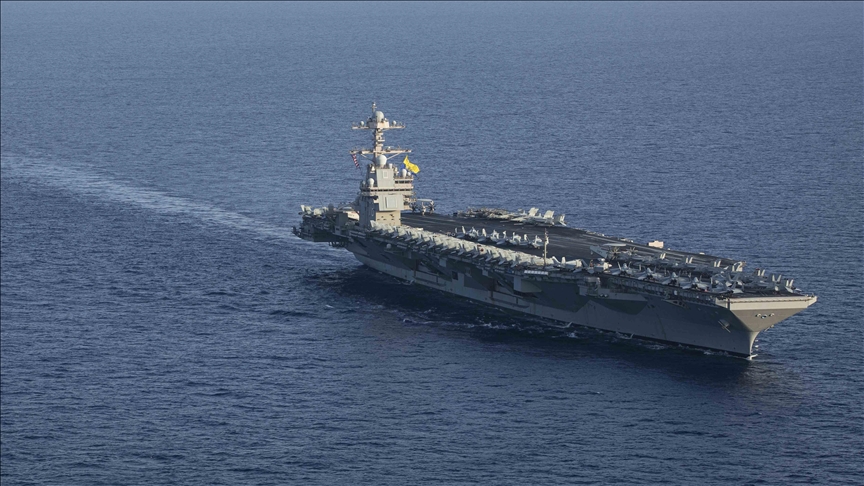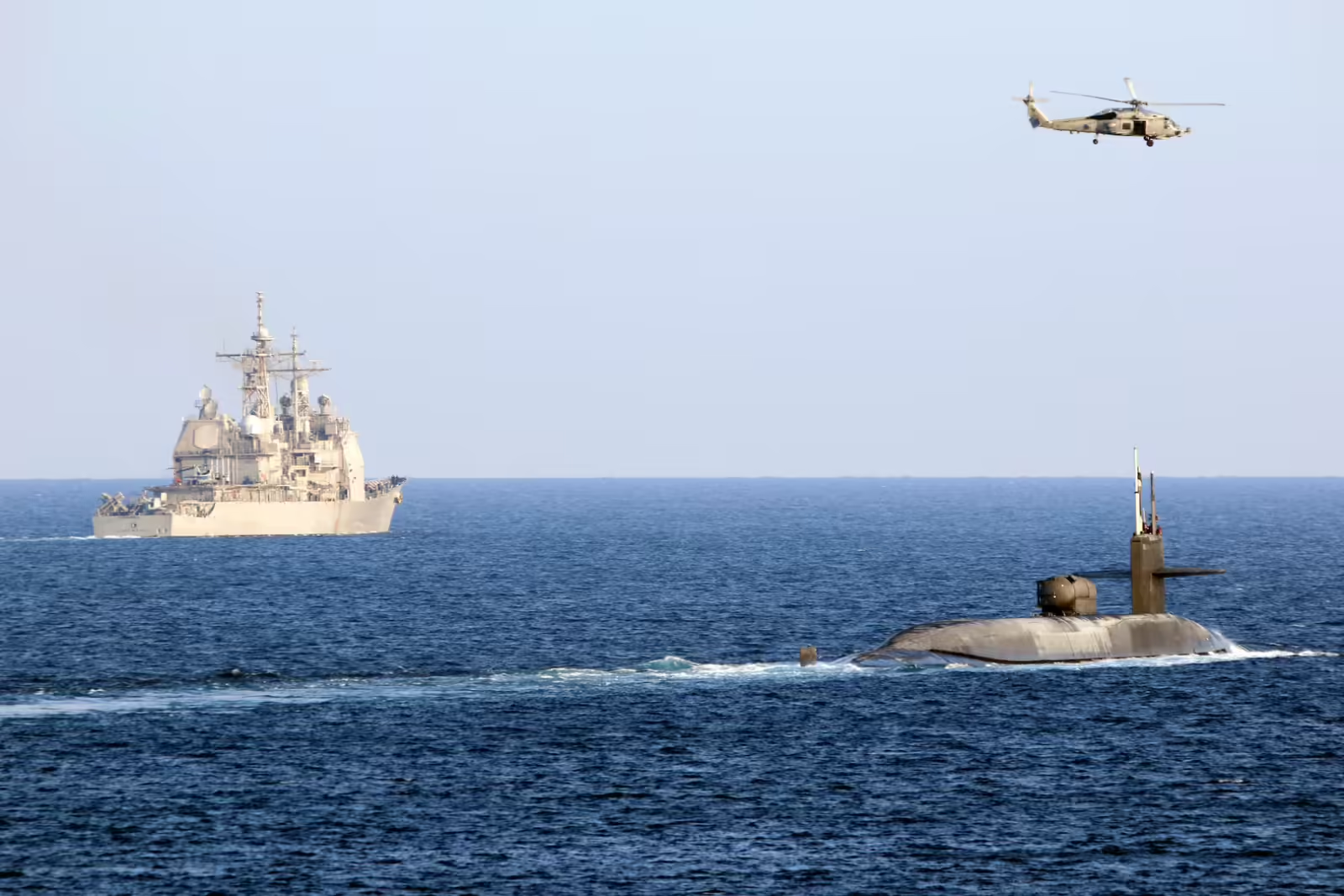
The U.S. aircraft carrier, USS Theodore Roosevelt is heading home after an extended deployment in the Middle East, ending the Pentagon’s rare decision to keep two U.S. Navy aircraft carriers in the region amid Israel's ongoing war against Palestine.
The Biden administration had bolstered the U.S. military presence in the Middle East to defend Israel from potential attacks by Iran and its proxies and to protect U.S. troops stationed in the region. U.S. Defense Secretary Lloyd Austin ordered the USS Theodore Roosevelt to remain temporarily in the area as the USS Abraham Lincoln made its way to the region more quickly.
For several weeks, both aircraft carriers operated simultaneously in the region, with U.S. commanders stating that carrier strike groups are an effective deterrent, particularly against potential Iranian retalation. Prior to Israel's war against Palestine, it had been years since the U.S. deployed such significant naval power to the region.

Earlier this year, the USS Dwight D. Eisenhower operated in the Red Sea to both support Israel and protect commercial and military vessels from attacks by Iranian-backed Houthis in Yemen. The Eisenhower recently returned to its base in Norfolk, Virginia, after completing an intense eight-month deployment.
Additionally, U.S. forces maintain a strong presence in the eastern Mediterranean and the Red Sea, with several destroyers and the guided-missile submarine USS Georgia stationed in the region.
Despite the Roosevelt's departure, the USS Abraham Lincoln remains in the Gulf of Oman, along with several other warships.

The USS Theodore Roosevelt and the destroyer USS Daniel Inouye are now heading toward the Indo-Pacific Command's area of operations. The USS Russell, another destroyer, had already left the Middle East and is currently operating in the South China Sea.